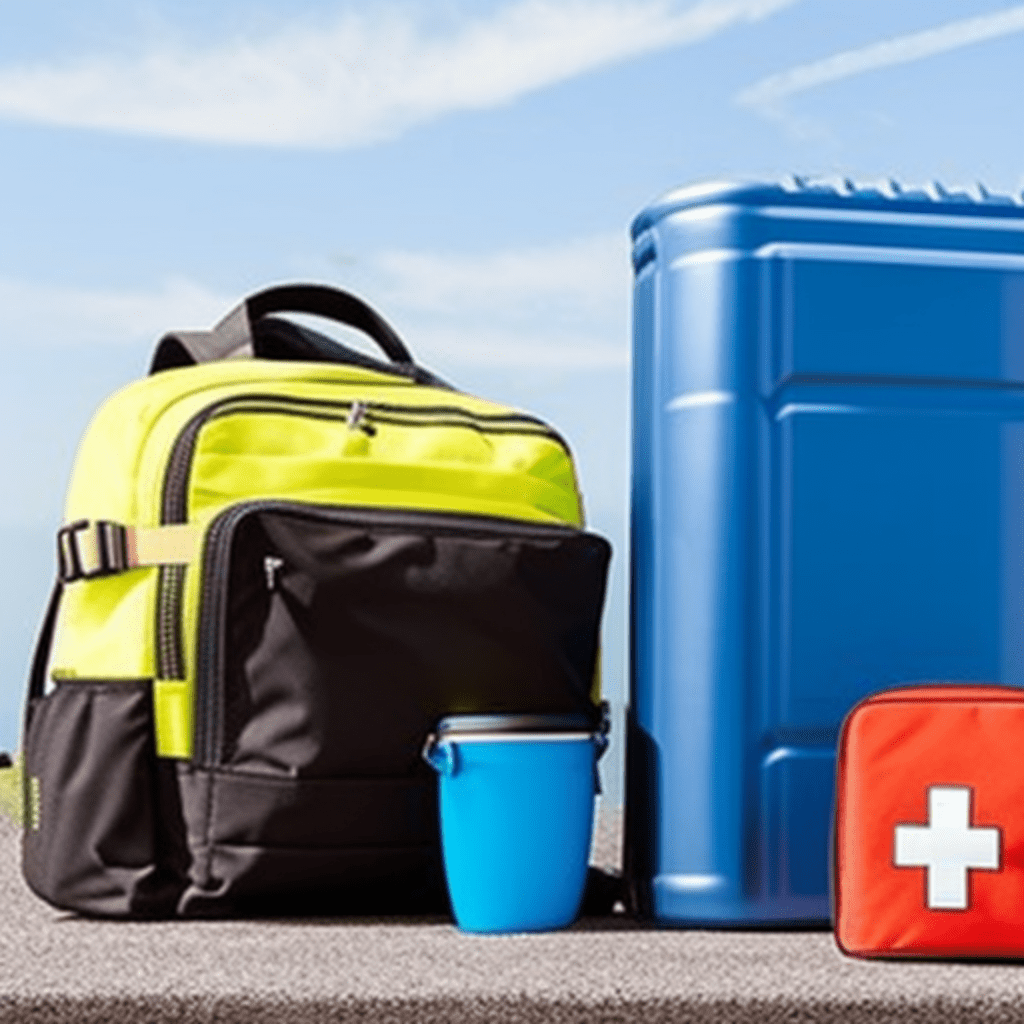Natural disasters and other emergency situations can strike at any time, and being unprepared can lead to devastating consequences. It is crucial to have a disaster preparedness plan in place to ensure that you and your loved ones stay safe during an emergency. In this article, we will share essential tips on how to prepare for natural disasters and other emergency situations.
Why Disaster Preparedness is Important
Disasters can happen unexpectedly and can have severe consequences. By preparing for a disaster, you can reduce the impact it has on your life and the lives of those around you. It is essential to have a disaster preparedness plan in place so that you can take appropriate action when an emergency arises.
Creating an Emergency Plan
Creating an emergency plan is the first step to being prepared for a disaster. Here are some steps you can take to create a disaster preparedness plan:
Step 1: Identify the potential hazards
The first step in creating an emergency plan is to identify potential hazards. Depending on where you live, you may be at risk for different types of disasters, such as earthquakes, hurricanes, floods, or wildfires. Knowing the types of disasters that are most likely to occur in your area will help you prepare better.
Step 2: Create an emergency kit
An emergency kit should contain essential supplies that will help you and your family survive for at least three days. Some items to include in your emergency kit are:
- Water (one gallon per person per day)
- Non-perishable food items
- First aid kit
- Flashlight and extra batteries
- Whistle
- Dust mask
- Sanitation and hygiene items
- Important documents (insurance policies, IDs, etc.)
Step 3: Plan for evacuation
In some emergencies, you may need to evacuate your home quickly. Make sure you have a plan in place for how you will evacuate and where you will go. Identify multiple evacuation routes and practice them with your family.
Step 4: Stay informed
During an emergency, it is crucial to stay informed. Sign up for local alerts and warnings, and have a way to receive them, such as a NOAA weather radio.
Tips for Staying Safe During Emergencies
In addition to having a disaster preparedness plan in place, there are several things you can do to stay safe during an emergency:
Tip 1: Stay informed
Stay informed about the emergency situation by listening to local news and following updates from emergency officials.
Tip 2: Follow evacuation orders
If authorities order an evacuation, it is essential to follow their instructions immediately. Ignoring evacuation orders can put you and your family in danger.
Tip 3: Stay in a safe place
If you cannot evacuate, stay in a safe place, such as a basement or interior room with no windows. If you are in a high-rise building, go to a lower floor.
Tip 4: Keep a backup power source
During an emergency, power outages are common. Having a backup power source, such as a generator or solar charger, can help keep you and your family safe and comfortable.
Tip 5: Stay hydrated
During an emergency, it is essential to stay hydrated. Make sure you have plenty of water on hand and avoid drinking contaminated water.
Conclusion
Preparing for a disaster can be a life-saving decision. By creating an emergency plan and following the tips above, you can help ensure the safety of yourself and your loved ones during an emergency situation.


